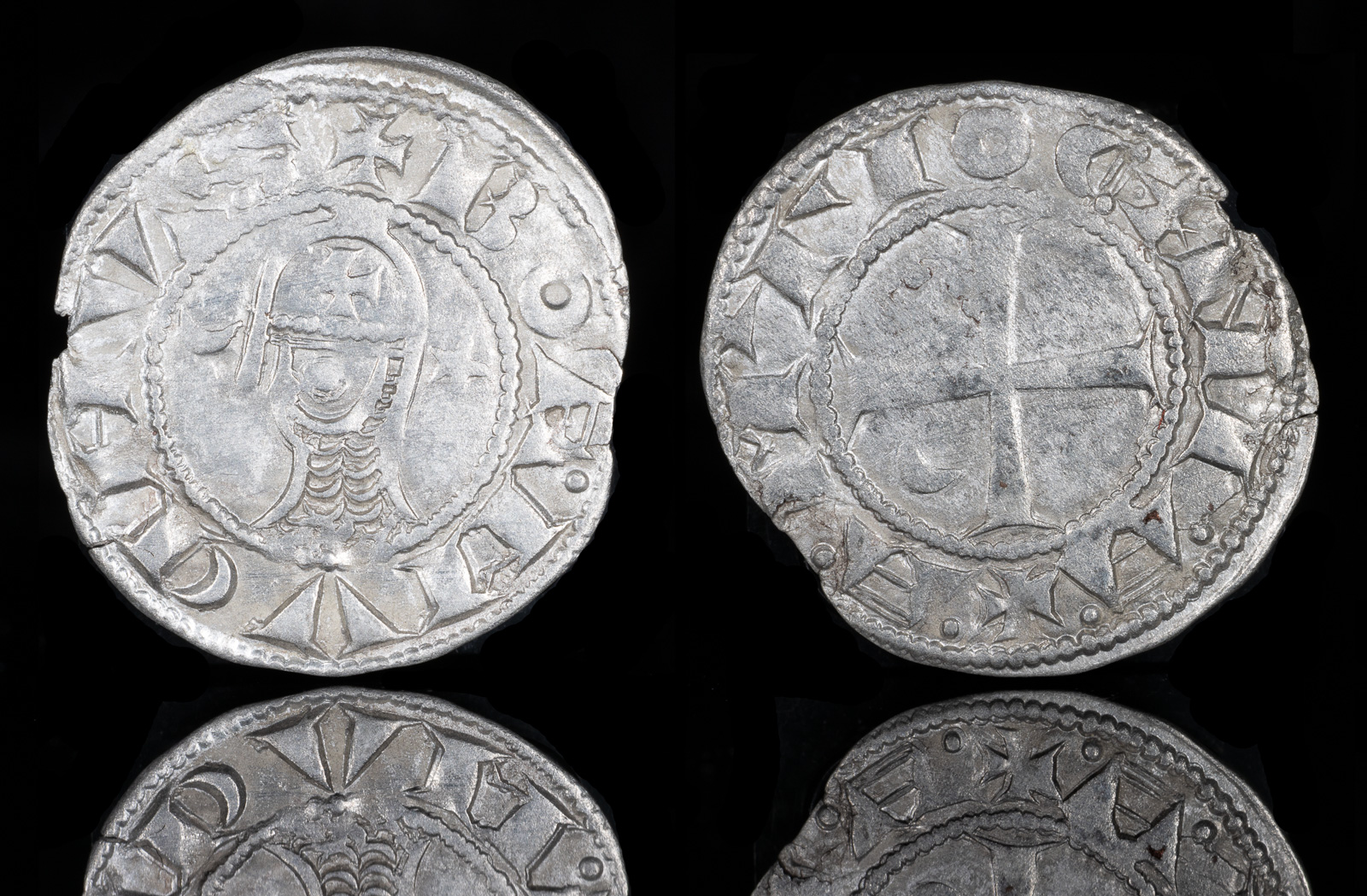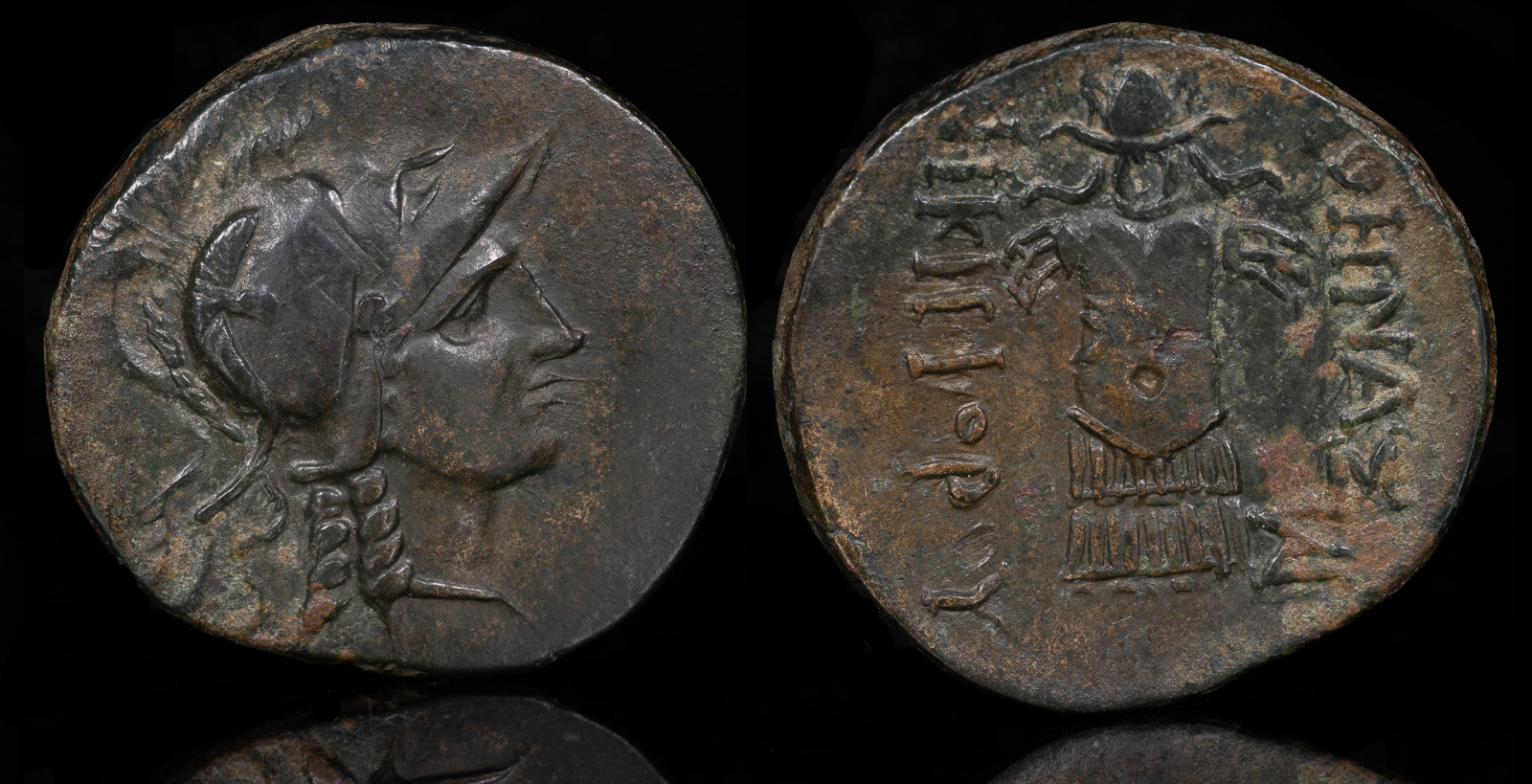Armor
View All Tags
The cuirass was a chest and back piece that protected the torso and was often made from bronze or leather, with some soldiers also wearing a linothorax, a type of armor made from layers of linen glued together, offering protection without the weight of metal. The greaves protected the legs and were usually made from bronze, though later versions were lighter and made from leather or other materials. The shield, called a hoplon, was a large, round, wooden shield covered in bronze, often used as both a defensive tool and a weapon. The Greeks also employed lighter, more mobile infantry units like peltasts and archers, whose armor was less heavy, allowing for greater mobility.
In ancient Rome, armor underwent significant development, particularly during the Republic and Empire periods. Roman soldiers, known as legionaries, initially wore armor similar to the Greek hoplites, but as Roman military strategies evolved, so too did their armor. The early Roman soldiers used a bronze helmet and lorica hamata, a chainmail shirt that provided flexibility and protection. By the 1st century BCE, the Romans developed the lorica segmentata, one of the most distinctive forms of armor in history. This armor consisted of strips of metal (usually iron) fastened together to form a flexible yet protective cuirass, covering the torso and shoulders while allowing for ease of movement. The lorica segmentata became the hallmark of Roman military strength and discipline, worn by soldiers in the legions.
Roman helmets, like their Greek counterparts, were made from bronze or iron, though Roman helmets often featured a more pronounced neck guard and cheek pieces for additional protection. The Roman soldiers’ scutum (shield) was rectangular or oval-shaped and larger than the Greek hoplon, designed for both defense and offense. It was used in the famous Roman tactic of the testudo, where soldiers would align their shields to form a nearly impenetrable wall of defense.
Roman armor also included greaves to protect the lower legs, typically made from metal or brass. In addition to the lorica segmentata, soldiers might also wear the lorica hamata or lorica squamata, which were chainmail or scale armor, respectively. These variations allowed for more flexibility and comfort in different combat situations, whether on the battlefield or during long marches.

Crusader States, Antioch (Principality). Bohémond III AR Denier
1163-1201 0.91g, 18mm, 7h.
✠ BOAMVD(retrograde)HVS, bust to left, wearing helmet and chain mail armour; crescent to left, star to right / ✠ ANTIOCHIA, cross pattée; crescent in second angle.
Metcalf, Crusades 1995, class B, 368; CCS 66b.
Ex Roma Numismatics

Mysia. Pergamon / Trophy
Circa 133-27 BCE 21.76mm 7.50g
Obverse: Helmeted head of Athena right
Reverse: ΑΘΗΝΑΣ – ΝΙΚΗΦΟΡΟΥ, trophy of armor
SNG France 1893